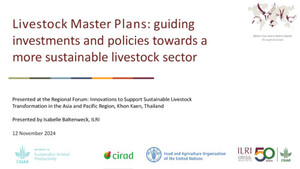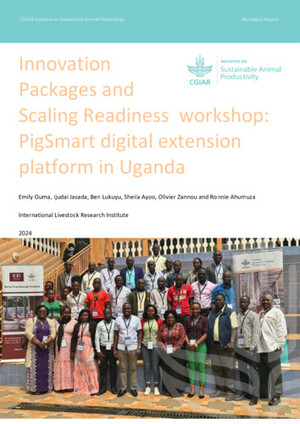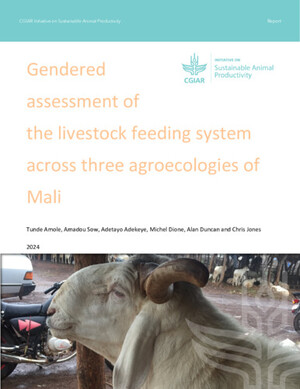
Joint Village Land Use Planning in Tanzania: A process to enhance the securing of rangelands and resolving land use conflicts
Abstract
In Tanzania, ongoing land insecurity is a structural cause of food insecurity particularly for
pastoralists, agro-pastoralists and small-scale crop farmers leading to land use conflicts,
compromised access to resources including grazing and water and rangeland degradation.
Land tenure security and management can be improved through village land use planning (VLUP)
and land certification – namely the issuing of certificates of customary rights of occupancy
(CCROs). In situations where villages share resources such as grazing areas and water, joint village
land use planning and the provision of group CCROs are more appropriate. Due to a lack of
resources and capacity the implementation of these has been limited to date and particularly in
‘difficult’ areas where land use conflicts occur. Indeed only about 1.28 million hectares or 2.1%
of the 60 million hectares of rangelands is protected as grazing in village land use plans [in 479
villages in 69 districts] (21 regions) (Ministry of Lands 2015). Between 2010-2015 the Sustainable
Rangeland Management Project (SRMP) assisted nine villages to carry out village land use
planning, and successfully piloted the implementation of joint village planning across three of
these, leading to the protection through certification of a shared grazing area called OLENGAPA,
found in Kiteto District, Manyara Region. This paper describes these experiences, and the
opportunities for scaling-up and eventually mainstreaming.
Citation
Mwita, V.C., Kalenzi, D. and Flintan, F. 2017. Joint Village Land Use Planning in Tanzania: A process to enhance the securing of rangelands and resolving land use conflicts. Paper presented at the 2017 Conference on Land Policy in Africa, 14-17 November 2017, Addis Ababa, Ethiopia.










